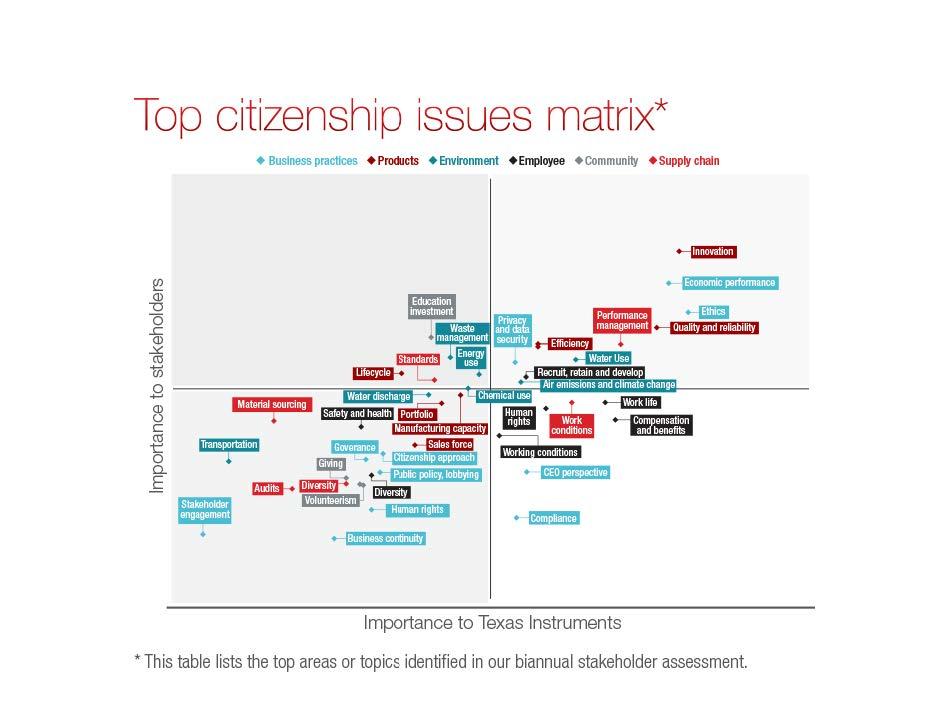Merging Corporate Social Responsibility with Your Company’s Strategy
Corporate Governance and CSR
If you’ve been following Corporate Social Responsibility for this long you can see that there is an intersectional relationship between corporate culture, social impact and corporate governance.
What is Corporate Governance?
Corporate Governance is the structure and system used to direct and manage a company.
How does social responsibility show up in the corporate governance structure?
In the introduction to the UK Corporate Governance Code it states “Companies do not exist in isolation. Successful and sustainable businesses underpin the world economy and society by providing employment ad creating prosperity. Furthermore, a company’s culture should promote integrity, openness, value, diversity and be responsive to the views of wider stakeholders.”
Achieving this depends on how companies are directed. The principles of corporate governance outlines how boards should establish the company’s purpose, values, strategy and ensure that workforce policies and practices are consistent with those company’s values. Corporate governance codes vary around the world, but you can see how a company’s strategy is intertwined with CSR.
Merging Company Goals with Your CSR Strategy
While working on a research paper for my Master’s Degree, I’ve conducted interviews with top CSR professionals, and I’ve discovered an overwhelming trend: CSR programs are most successful when CSR has a seat at the strategy table. I don’t mean the strategy that surrounds your CSR programming – I mean the strategy of your entire company.
It’s proven that CSR can have a measurable impact on your bottom line, but implementing a successful program that aligns with your company’s strategy is no easy task.
This article will show you how to analyze your company’s goals, then link these goals to your CSR efforts. Finally, I’ll provide ideas and examples on how to take action to tie your CSR efforts into your company’s overall strategy.
Why CSR Should be Incorporated into Company Strategy
Social Responsibility needs executive support, department leadership support and support from employees to thrive. It is much easier to gain the buy-in from these groups if CSR is linked to your company’s purpose. Some view CSR as a cost center or a pain that a company must “deal with”, but taking the time to link CSR to your company’s strategy will begin the process of changing that dialogue. Linking CSR to strategy will evolve to be a part of the business success.
Understanding Company Goals and Stakeholder Goals
To make CSR a part of the strategy, it’s important to understand your company and its stakeholder’s goals. The long-term goals of the company are the guiding star of a business, and only by aligning with these goals can you merge CSR with strategy. For example, is your company currently focused on maximizing employee retention or is it attempting to fix a bad stint of PR? Once you know the company’s goals, you can position the CSR programs to complement them.
At Dr Pepper Snapple Group (DPS), the top business goals listed on their website include: Leading with Flavors, Investing in DPS, and Sustainability in Action. These goals show an opportunity to synergize with CSR strategy. DPS is practicing this strategy through two of their CSR campaign pillars, “environmental sustainability” and “health and wellness,” which each help to contribute to their company’s overall mission.
But remember that the company isn’t a faceless entity; it’s made up of stakeholders whose needs you must also understand. These stakeholders may include:
- Investors
- Senior Leadership
- Employees
- Customers
- The local community
Take time to identify these stakeholders and understand their concerns. While it’s nearly impossible to please everyone, understanding these stakeholders will help understand other forces of your business that may not be outlined in the company goals. At Texas Instruments, stakeholders are key to the success of their Citizenship program. They focus on stakeholder concerns through a stakeholder matrix – a graphing tool created from surveying customers, consumers, community members, government members, and academics every couple of years. They put key concerns into the matrix and keep an eye on it each year to see if any new trends or themes emerge.

Determine CSR Goals and Focus Areas
At this point, you should be able to recognize key themes of how your CSR program can support the goals and motivations of the company and its stakeholders. These themes are the core pillars of your CSR program!
In my conversations, I’ve noticed that concentrating on 3-5 pillars allows companies to make a targeted difference. Too many goals can cause your message to be weakened and your results to be diminished. A targeted focus allows your team to allocate the resources available in a concentrated effort to establish impactful results.
Identify Partnerships Based on Shared Value
Once your CSR focus areas are outlined, building partnerships in the community and identifying business opportunities based upon shared value are key strategies to establishing success.
Unilever creates shared value by using a Sustainable Living Brand to foster partnerships and further their business and CSR goals. Their brand Lifebuoy soap aims to change the hygienic behaviors of 1 billion consumers in Africa, Asia, and Latin America, effectively saving 600,000 children’s lives. So far, they’ve reached millions in this quest. Unilever has noticed that brands based on shared value grow 50% faster than other brands and delivered 60% of the company’s growth. Unilever also partners with leading consumer goods companies and the Closed Loop Fund to invest $100 Million in recycling of products and packaging.

“…shared vale is a key strategy to establishing partnership success.”
When you’ve identified a great partnership that focuses on shared value it is time to think long term either through recurring donations, skills-based volunteering, or some other form of impactful partnership. Long term commitments drive measurable results.
When possible it is important to focus on impact-based measurement to be able to report back to your stakeholders. This strategy of strong focus areas, partnerships focused on shared value, and impact based results will reinforce the value add of your CSR programming to the organization. Impact reporting asks two things: did we make a difference, and, how do we know? In other words, is the impact objectively measurable?
Putting It All Together
Creating the strongest possible CSR program begins with it having a seat at the strategy table. Being able to leverage your CSR program to meet stakeholder needs and serve the greater goals of the organization will help your company understand the value add that CSR has to the organization and to the bottom line. Once that is taken care of, your CSR program will be able to grow and flourish in its new environment.